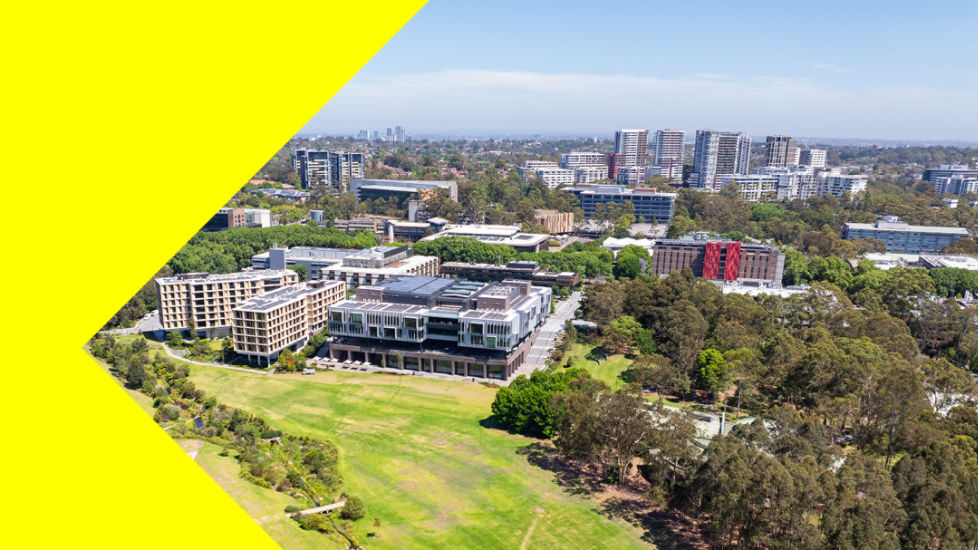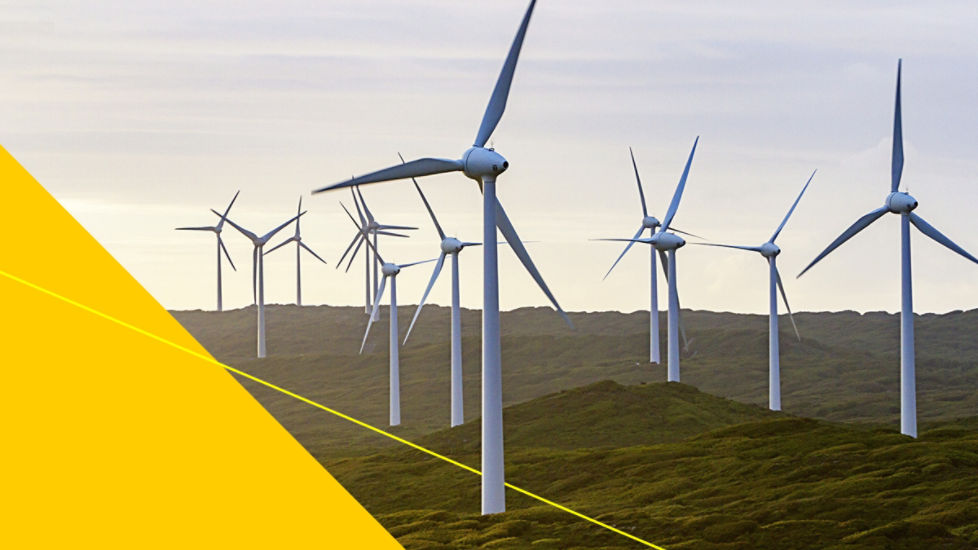Measurement is becoming increasingly common across all industries, but it has some unique challenges for food and fibre producers. That’s because their sustainability profile is very complex, including multiple forms of emissions and ways to sequester carbon dioxide into landscapes, as well as multiple components to natural capital. And this can change dramatically depending on the weather, the season, the crops they plant or the livestock they run.
Farmers are increasingly expected to share sustainability metrics with their supply chain, customers, consumers and others, and this demand for validation will only grow alongside demand for quality food.
Panelist Dr Natalie Doran-Browne, Director of Science for greenhouse gas and carbon reporting platform FLINTpro, says on-farm measurement is valuable, but it is not simple.
“Farm systems are complex, integrated and dynamic. Soils, nutrients, water, crops, livestock – change any one of them and it affects the whole, and that is without even considering weather and climate impact,” she said. On top of that, there’s ambiguity around what sustainability methods, standards and metrics should be used with these farm measurements.
Frameworks that simplify the process of integrating farm data measurements and methods, like FLINTpro, can provide the answers to a variety of questions that are being asked around sustainability.
Real results, on farm
The good news for producers, supply chains and consumers, is that sustainability programs, properly measured, do more than satisfy consumers.
A panel discussion presented by CommBank at the February 2023 evokeAg agrifood tech conference, concluded that measurement is not only vital, but can deliver great opportunity on and off farm.
Panelist producer Robert ‘Macka’ MacKenzie, Managing Director of Macka’s Australian Black Angus Beef, says the ROI on sustainability and measurement investment has been clear in his operation.
“The truth is, it’s not as daunting as you think it’s going to be, and when you look at profitability versus sustainability, the balance is definitely there,” says Robert, who will complete 1,400 soil sampling tests on his property this year.
In fact, Robert says his investment in sustainability, and his ability to track his results, has led to demonstrable improvements in his land and his livestock.
“Our sustainability journey has made our cattle more fertile, they produce more milk, and they gain more weight. The water retention in our pastures has improved, which means grass still grows even when it’s dry.”
Right now, Macka’s does not pass on the cost of measurement, including a range of sensors and sophisticated reporting technology, which he says customers are not ready to pay for, but the clear positive impacts of his program still make the investment worthwhile.
“We do it because it’s what our customer wants, because we know it’s achievable, and because it’s opening opportunities – plus it’s the right thing to do,” he says.
The challenge facing global agriculture
Right now, the world has about a billion high-income consumers who want high quality food, especially protein1. That number is expected to double if not triple in the next couple of decades – and that means that agricultural output will need to at least double, too. That kind of scale-up is a big challenge, and it’s even more complicated when producers must not only do it sustainably and with a carbon neutral footprint, but prove that they are [what]?.
Acquiring those metrics can be complicated and expensive, and there is no single platform that addresses every data collection and reporting requirement.
Session facilitator, CommBank General Manager Agribusiness Natasha Greenwood, says that even though farmers are recognising the importance of measurement, tracking and assessing ESG programs is sometimes seen as a challenge rather than an opportunity for many producers.
Measurement brings focus
CommBank’s National Director Agribusiness Carmel Onions says that committing to measurement might ostensibly be about meeting reporting obligations, but it achieves so much more.
“We will certainly get to a point where sustainability measurement and reporting is a requirement, but the big story is that there are so many other benefits that come alongside it. As an industry we are starting to see that investing in more sustainable practices, and measuring our progress, is not a burden but an opportunity. This can help bring visibility to the opportunities to improve yield, reduce costs, and sustain market access from adopting practices that reduce emissions to net zero or enhance natural capital. And once you start to measure something, it informs a new level of focus and understanding about the underlying areas to be solved for, to drive better outcomes.”
For information about CommBank’s suite of sustainability-related finance products for agribusiness, visit the website.




